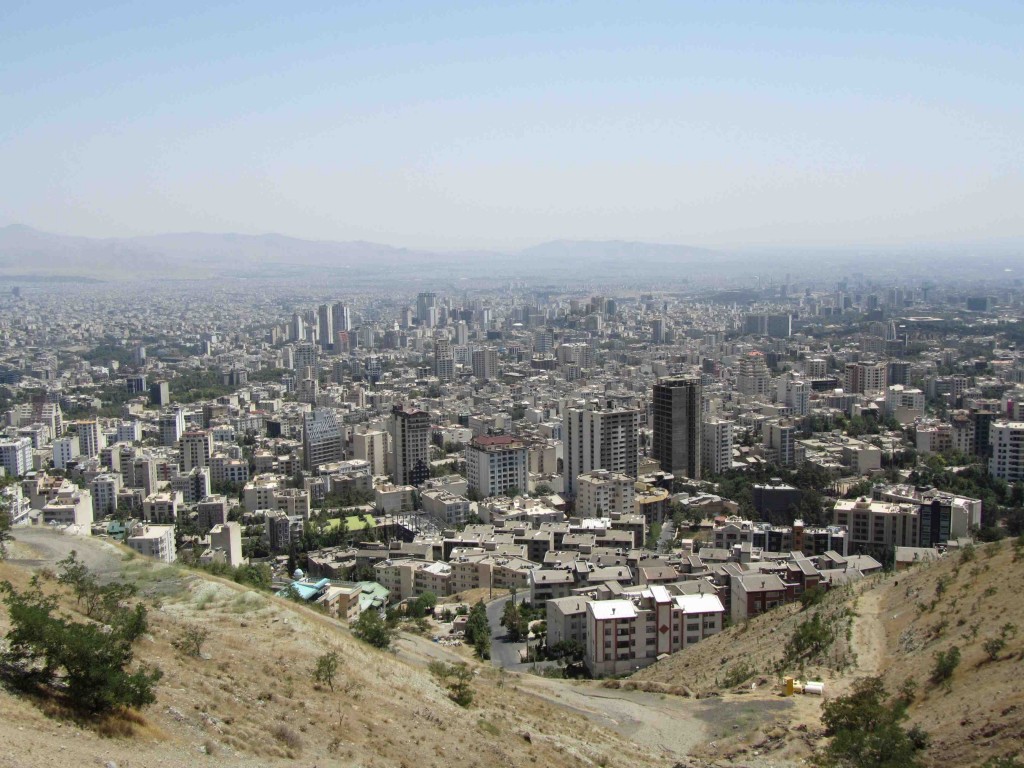via Portside
--
| ||||||||||||||||
John Case
Harpers Ferry, WV
Harpers Ferry, WV
The Winners and Losers Radio Show
7-9 AM Weekdays, The EPIC Radio Player Stream,
Sign UP HERE to get the Weekly Program Notes.
Check out Socialist Economics.
Check out The EPIC Radio website


No comments:
Post a Comment